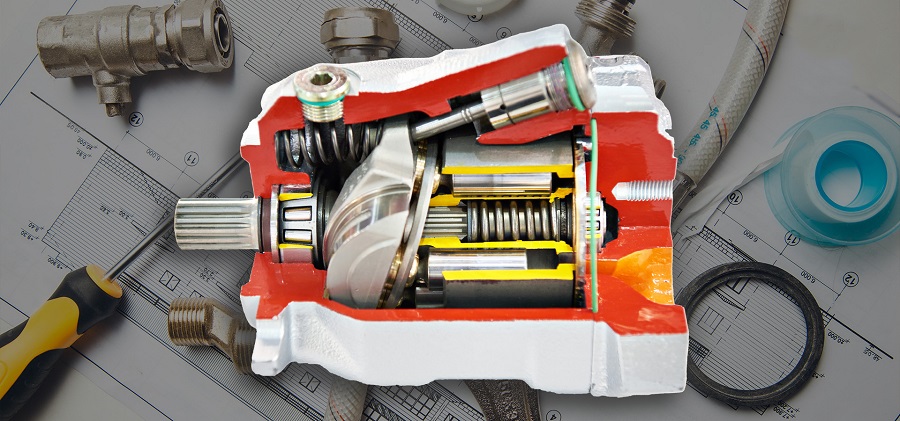The interchangeability of hydraulic components is a topic of considerable interest within the industry, particularly when it comes to the functionality of hydraulic pumps and motors. This curiosity stems from the need for versatility, cost-effectiveness, and efficiency in hydraulic systems. In this blog post, we explore the fascinating possibility of using a hydraulic pump as a motor, delving into the mechanics behind hydraulic systems and how pump and motor solutions can be optimized for various applications.
Understanding Hydraulic Pumps and Motors
Before addressing the core question, it’s crucial to understand the basic functions of hydraulic pumps and motors. Hydraulic pumps convert mechanical energy from a source (like an engine or electric motor) into hydraulic energy in the form of fluid flow. This fluid flow then powers various machines by exerting force on hydraulic cylinders or hydraulic motors.
Hydraulic motors, in contrast, do the opposite. They convert hydraulic energy back into mechanical energy, providing the force and motion needed to drive machinery. Both components are vital in a hydraulic system, but they operate based on the same principle of fluid dynamics, albeit in reverse directions.
The Interchangeability of Pumps and Motors
The interchangeability between hydraulic pumps and motors is not merely theoretical. In many cases, a hydraulic pump can indeed run as a motor and vice versa, depending on the design and construction of the components. This versatility is because both pumps and motors work on the principle of fluid displacement and can be designed to operate efficiently in either mode under the right conditions.
Pump and motor solutions often emphasize the adaptability of these components to meet the needs of various systems. For instance, some gear pumps and piston pumps are designed in such a way that they can function efficiently as motors with minimal modifications. This capability allows for a more flexible approach to designing and troubleshooting hydraulic systems, providing engineers and technicians with pump and motor solutions that can be tailored to specific requirements.
Factors Influencing Pump-to-Motor Conversion
While the concept of using hydraulic pumps as motors is viable, several factors must be considered to ensure efficient and safe operation. The design characteristics of the pump, such as its displacement, efficiency, and construction, play a critical role in its ability to function as a motor.
One of the key considerations is the direction of fluid flow and the ability of the pump’s internal components to withstand the forces encountered during motor operation. Additionally, the lubrication and cooling requirements may differ when a pump is used as a motor, necessitating adjustments to maintain optimal performance and longevity.
Pump and motor solutions providers often offer guidance on selecting the right components for dual-use applications, ensuring that the hydraulic system is both effective and reliable. By carefully considering the specifications and operating conditions, it is possible to utilize a hydraulic pump as a motor in various applications, extending the versatility of hydraulic systems.
Conclusion
The question of whether a hydraulic pump can run as a motor is one that opens up a realm of possibilities for hydraulic system design and application. With the right design and application considerations, the interchangeability of pumps and motors offers a pathway to innovative solutions and system efficiencies.
Pump and motor solutions that capitalize on this interchangeability can lead to cost savings, reduced inventory requirements, and greater flexibility in system design and maintenance. As the industry continues to evolve, the ability to use hydraulic pumps as motors will remain an intriguing and valuable aspect of hydraulic engineering, providing a testament to the adaptability and ingenuity inherent in fluid power technology.
You may also like
-
Pinery Residences Unveils Unique Living at the Heart of Tampines
-
Narra Residences Bringing Smart Home Automation to the Heart of Dairy Farm Walk
-
Crowd Control to Crisis Management: The Essential Role of Security Guard Services in Large Event Protection
-
The Environmental Impact of Aircon Replacement: What You Should Know
-
Why Solid Oak Doors Are a Smart Investment for Your Home

